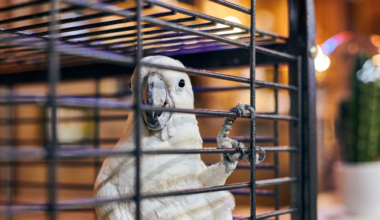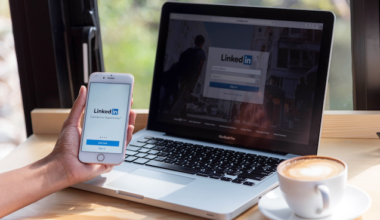The history of American innovation is checkered, and in many ways resembles today’s emerging Asian innovation economies. In its early years, America was a hotbed of intellectual piracy and technology smuggling, particularly in the textile industry, acquiring both machines and skilled machinists in violation of British export and emigration laws.
In fact, Alexander Hamilton, one of the key people behind the U.S. Constitution, endorsed such dubious behavior in his “Report on Manufactures” that was submitted to Congress in December 1791 and what amounted essentially to state-sponsored theft and smuggling.
The first U.S. Patent Act encouraged this policy, safeguarding domestic inventors, but not extending the same protection to foreign ones. In practice, this meant that one could steal a foreign invention, smuggle it to the U.S., and develop it for domestic commercial applications without fear of legal reprisal.
In many ways, remnants of these policies are still weaved into our innovation fabric to this day. For example, the Biden administration recently announced plans to ease visa requirements for workers with STEM skills that are escaping censorship and war economy conditions in modern-day Russia.
By providing a reduced friction immigration path for the most technologically talented workers to move here from Russia, we are effectively continuing those policies that were started in 1791.
Why the history lesson?
In essence, the U.S. has a reputation for being the birthplace of the vast majority of the world’s innovation-based companies, and this can be attributed to its tradition of attracting the brightest ideas and minds, and allowing them to operate under a philosophy of seeking forgiveness rather than permission.
In the U.S. many embrace the concept of “permissionless innovation” which emphasizes that experimentation with new technologies and business models should generally be permitted by default, unless a compelling case can be made that serious harm will result.
This is not an absolutist rejection of “village elders” and their expertise, but rather an aspirational goal that encourages ongoing trial-and-error experimentation. It is, however, an absolutist rejection of nepotism.
Simply, it is a part of the American fabric to explore new frontiers and judge ideas by merit and not pedigree. Technology innovators feel they don’t need anyone to give permission to do something new.
On the other hand, I’ve observed that many founders from other innovation ecosystems who come to the U.S. exhibit a mindset that can be best described as “precautionary innovation.” This approach stems from a legacy that curbs or prohibits new innovations until their developers can prove that they’re effective and won’t cause harm.
While some level of caution is necessary, excessive precaution often stifles opportunities for experimentation and entrepreneurship, leading to far less progress. Moreover, this approach fosters a culture where only certain individuals are deemed worthy of innovating, while others are not. In essence, one must be connected to and obtain permission from professors, experts, parents, or other gatekeepers before pursuing an innovation.
This is not just a theoretical concept, but a tangible reality institutionalized in many cultures, where there are rigid barriers between innovators and decision-makers. For instance, as someone relatively new to the U.S. you could potentially reach out and even speak to the CEO of a major company that might be interested in your innovation.
In many other countries, however, that’s very unlikely. You would need to be endorsed and introduced by members of a well-placed family or the management team of an exclusive incubator whose sole purpose is to facilitate these connections. The truth is that innovation ecosystems outside of the U.S. (and even some within) are saturated with service providers that offer permission-based services to startups seeking to pursue innovation.
What’s the take away for immigrant founders who come to the U.S.?
Innovators who embrace “permissionless innovation” are far more likely to experience greater growth, while those who use a more precautionary approach are more likely to languish. If you want to grow in the U.S. market, you need to adopt “permissionless innovation” as the default policy of your innovation journey.
Perhaps it’s our intoxicating blend of rugged individualism and star-spangled optimism that emboldens entrepreneurs to forge ahead without seeking permission from experts or elders. I wish for you to be emboldened by the American desire to break free from the constraints of legacy and chart your own course. Believe it or not, the U.S. is still very much the Wild West and that’s a feature, not a bug.
About the author
Michael Burtov is a serial venture-backed entrepreneur who has grown multiple startups from initial ideas to millions in revenue and venture funding. He has appeared on Shark Tank and his work has been covered in hundreds of major media outlets. He is also the subject of mini-documentaries by Discovery Channel and CNN’s “Great Big Story.” Additionally, Michael has worked with hundreds of high-growth startups to scale and fundraise, directly and through his involvement with leading innovation organizations including Harvard Business School, Harvard Innovation Labs, and the MIT Enterprise Forum. He is also the author of “The Evergreen Startup,” a popular book on early-stage startup fundraising. He holds multiple patents and has received several awards for his work, including the Edison Universe Edison Award, the TIME Magazine Best Inventions Award, The Business Journals Top Inventor Award, Brandeis University Alumni Entrepreneur Award, and the TechCrunch Disrupt Wildcard Award.








